Minimally invasive surgery (MIS) is a type of surgical technique that uses specialized equipment and instruments to perform surgery with minimal incisions or trauma to the patient's body. The specific equipment required for MIS can vary depending on the specific procedure and surgical approach, but some of the main equipment used in MIS includes:
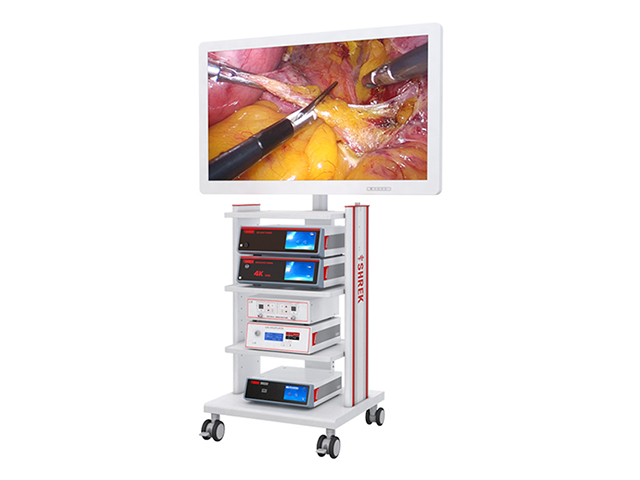
Laparoscopic tower: This is a specialized system that includes a camera and light source, insufflator (to inflate the abdomen), and video monitor for visualization during laparoscopic surgery. The camera and instruments are inserted through small incisions in the abdomen.
Endoscopic camera: This is a specialized camera used for visualization during endoscopic procedures. It can be inserted into various parts of the body to view internal organs and structures.
Endoscope: This is a flexible or rigid tube with a light and camera that is used to visualize the interior of hollow organs such as the colon, esophagus, and stomach.
Trocars: These are specialized instruments used to create small incisions in the patient's body for inserting the laparoscopic camera and instruments.
Surgical instruments: These are specialized tools used for performing the surgical procedure through the small incisions created during MIS. They include scissors, graspers, dissectors, and other instruments.
Energy devices: These are specialized instruments used to cut, coagulate, and seal tissue during MIS procedures. They include electrosurgical devices, lasers, and ultrasonic scalpels.
Navigation systems: These are specialized systems used to assist with surgical navigation and guidance during complex MIS procedures.
Robotic systems: These are advanced systems that use robotic arms and instruments to perform MIS procedures with greater precision and control.
Overall, the specific equipment required for MIS will depend on the specific procedure and surgical approach. It's important to choose high-quality, reliable equipment that meets the needs of the surgical team and provides the best possible outcomes for the patient.


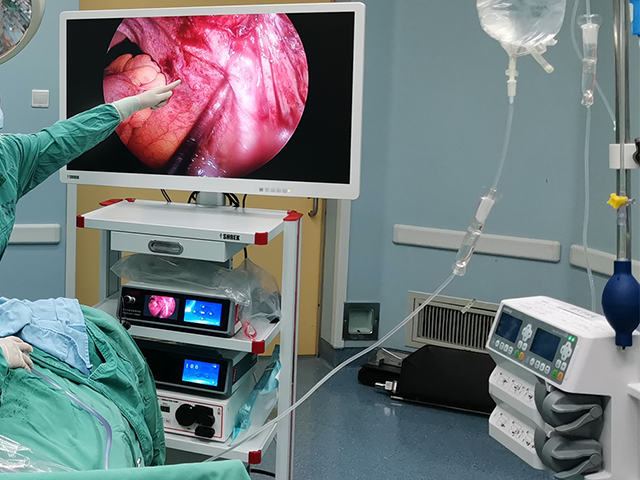
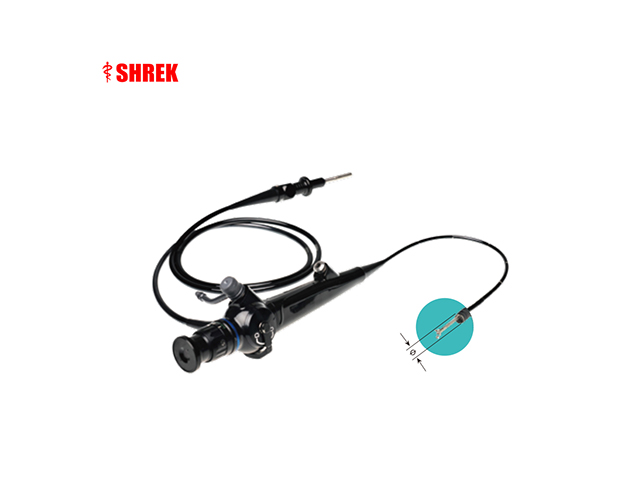
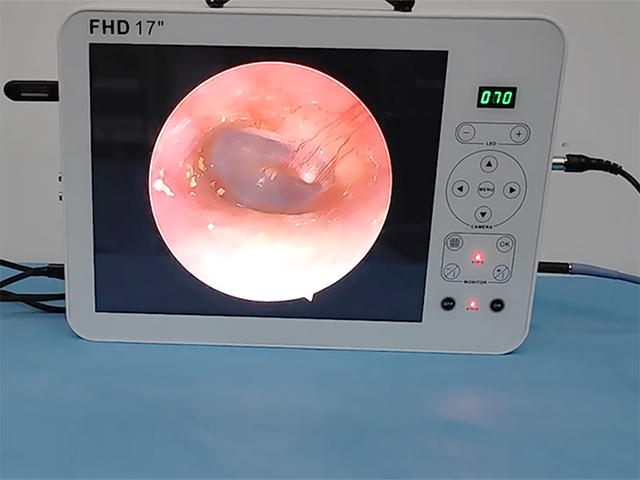
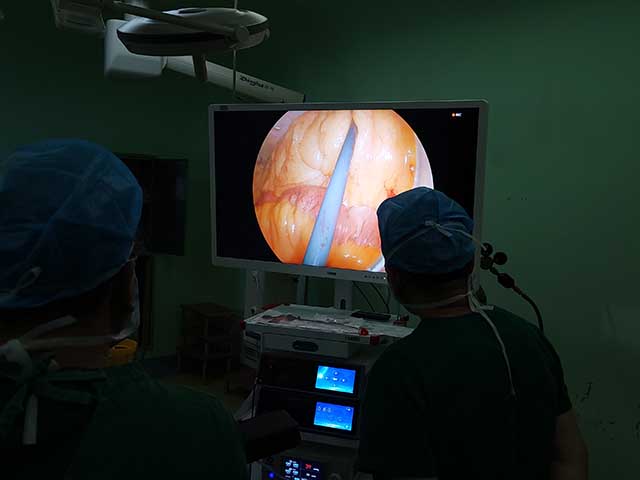
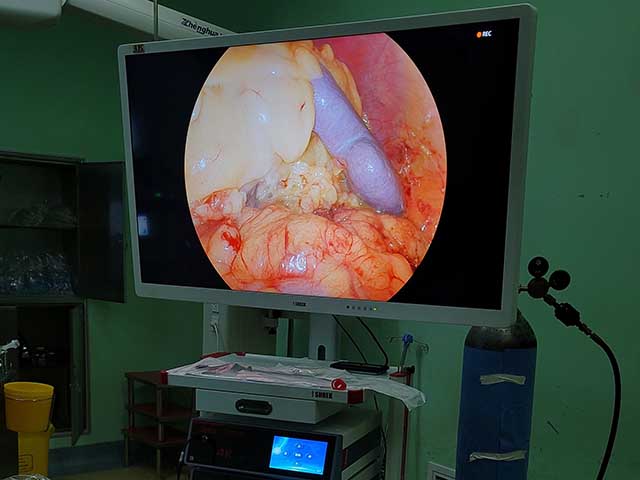

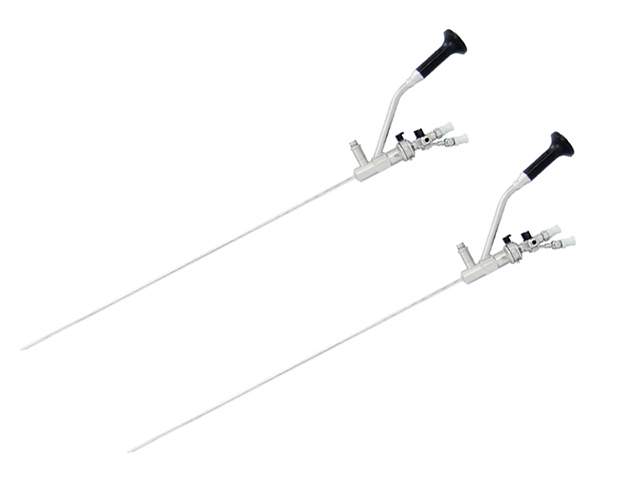
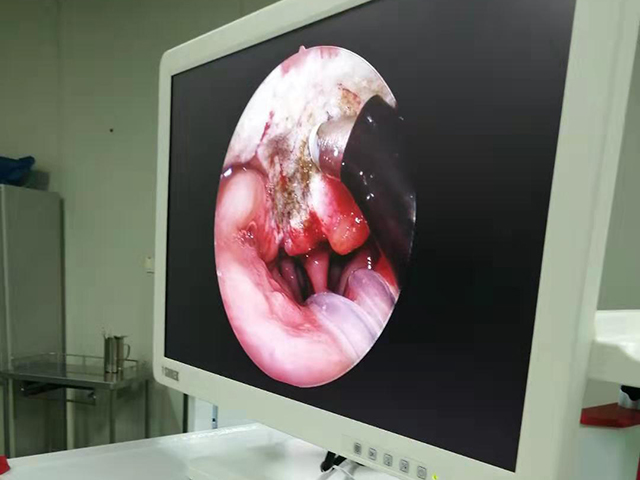
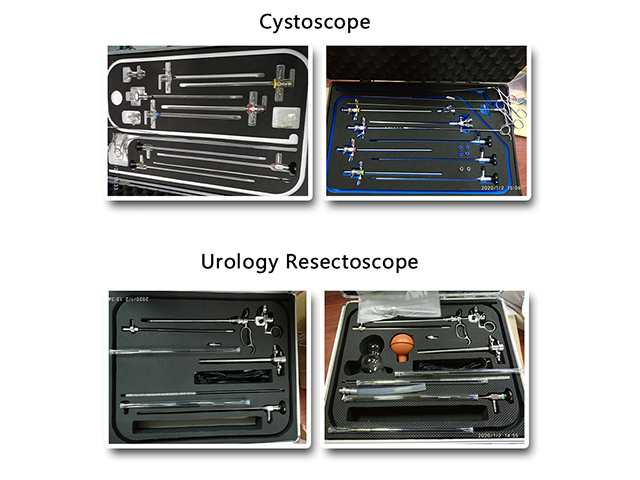
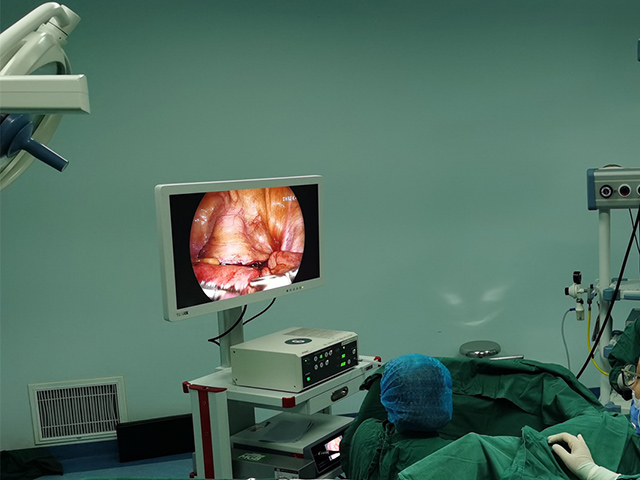
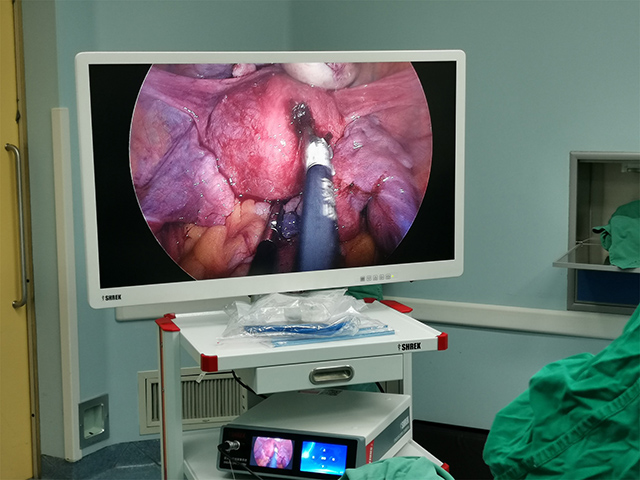
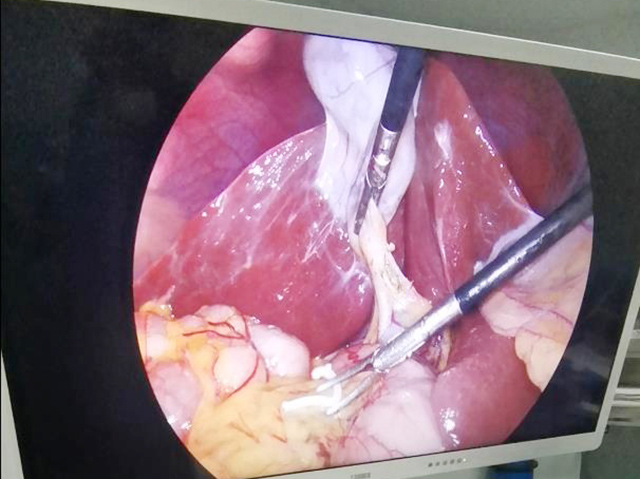

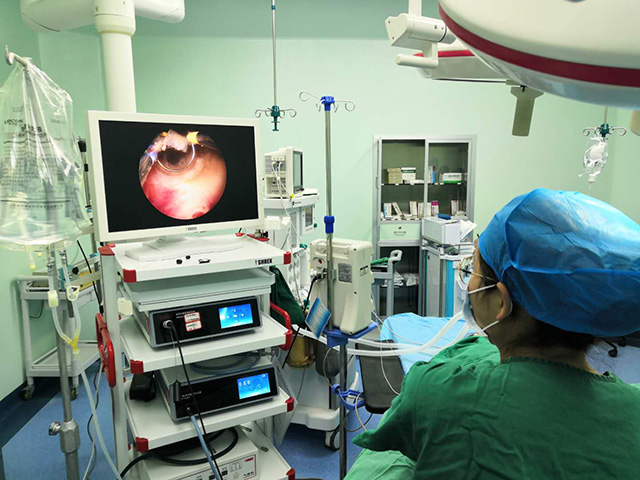
Leave A Inquiry